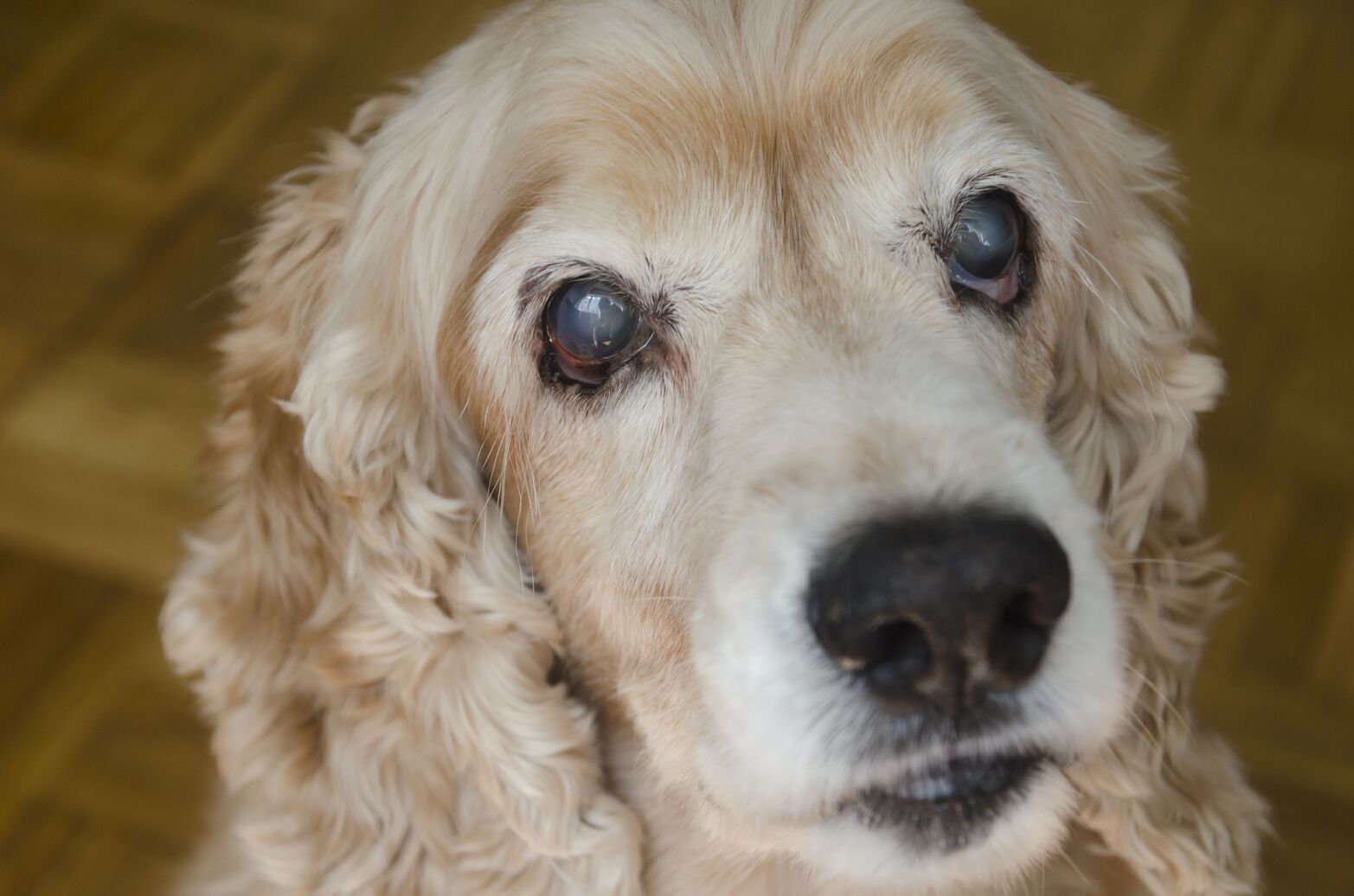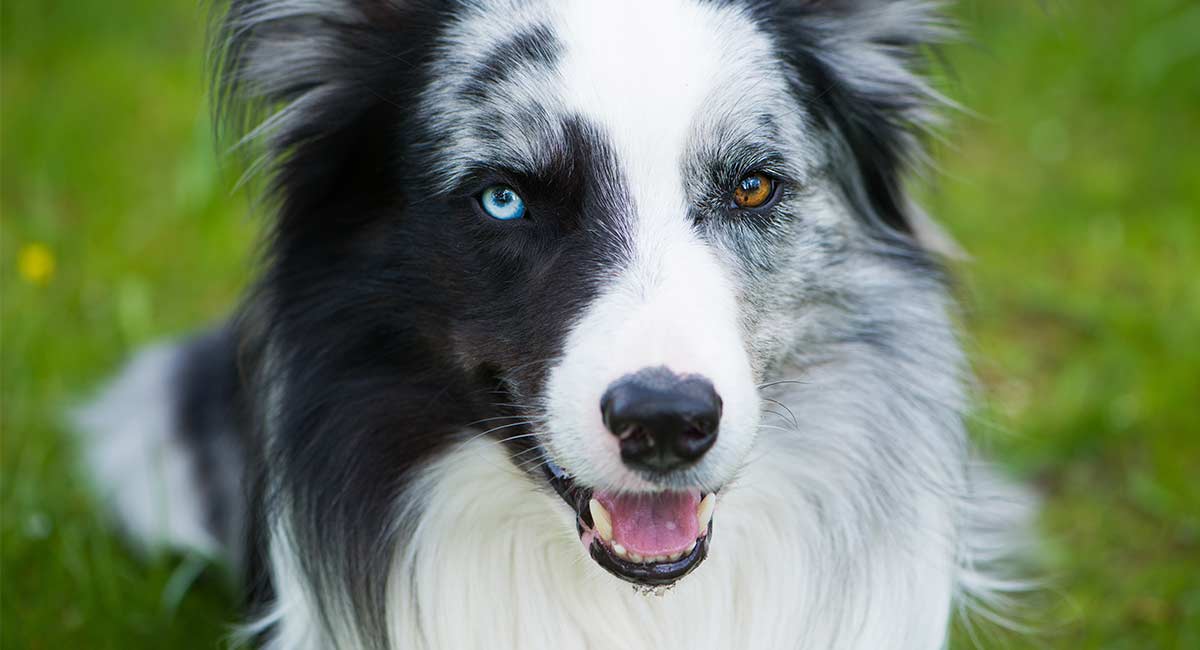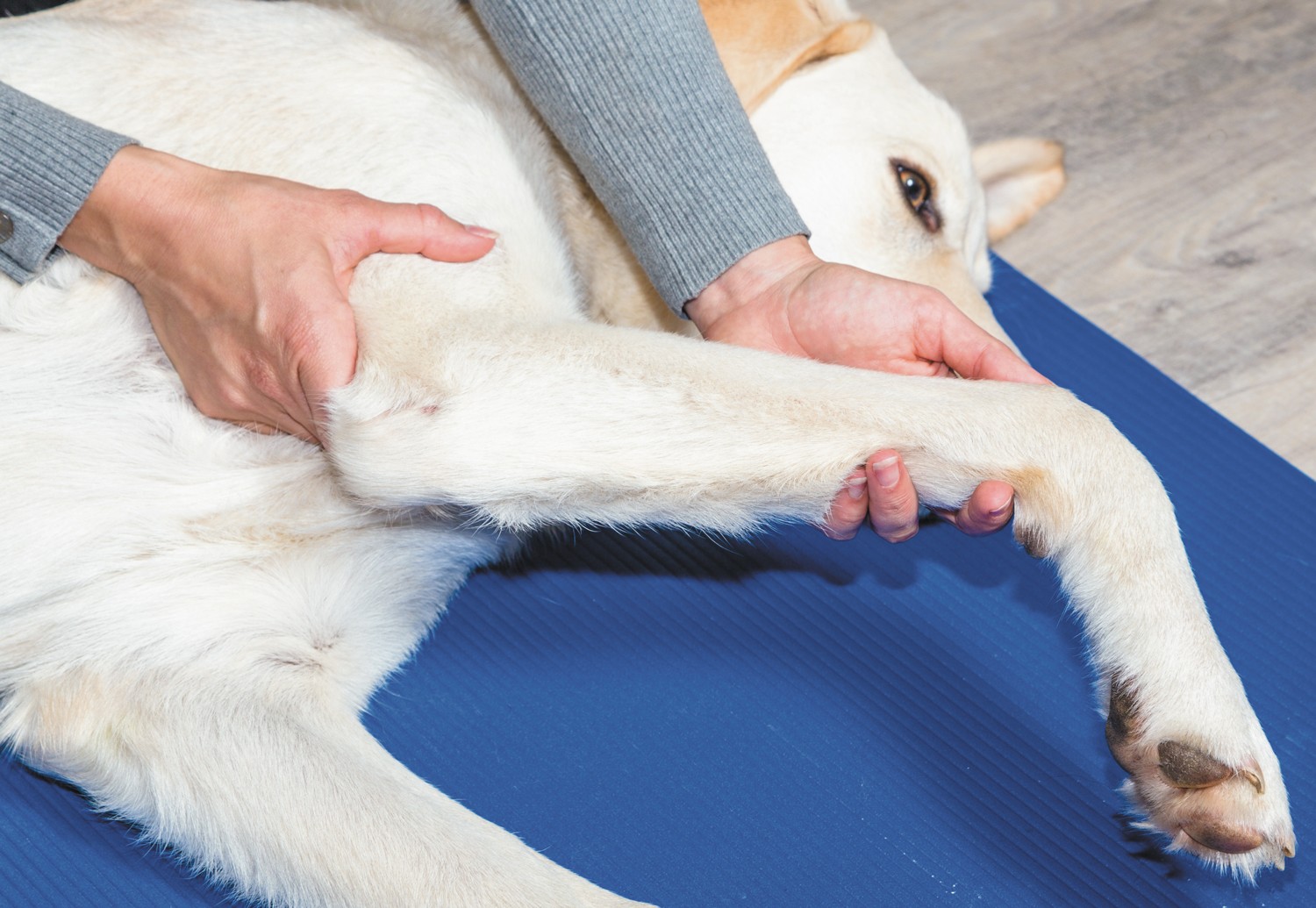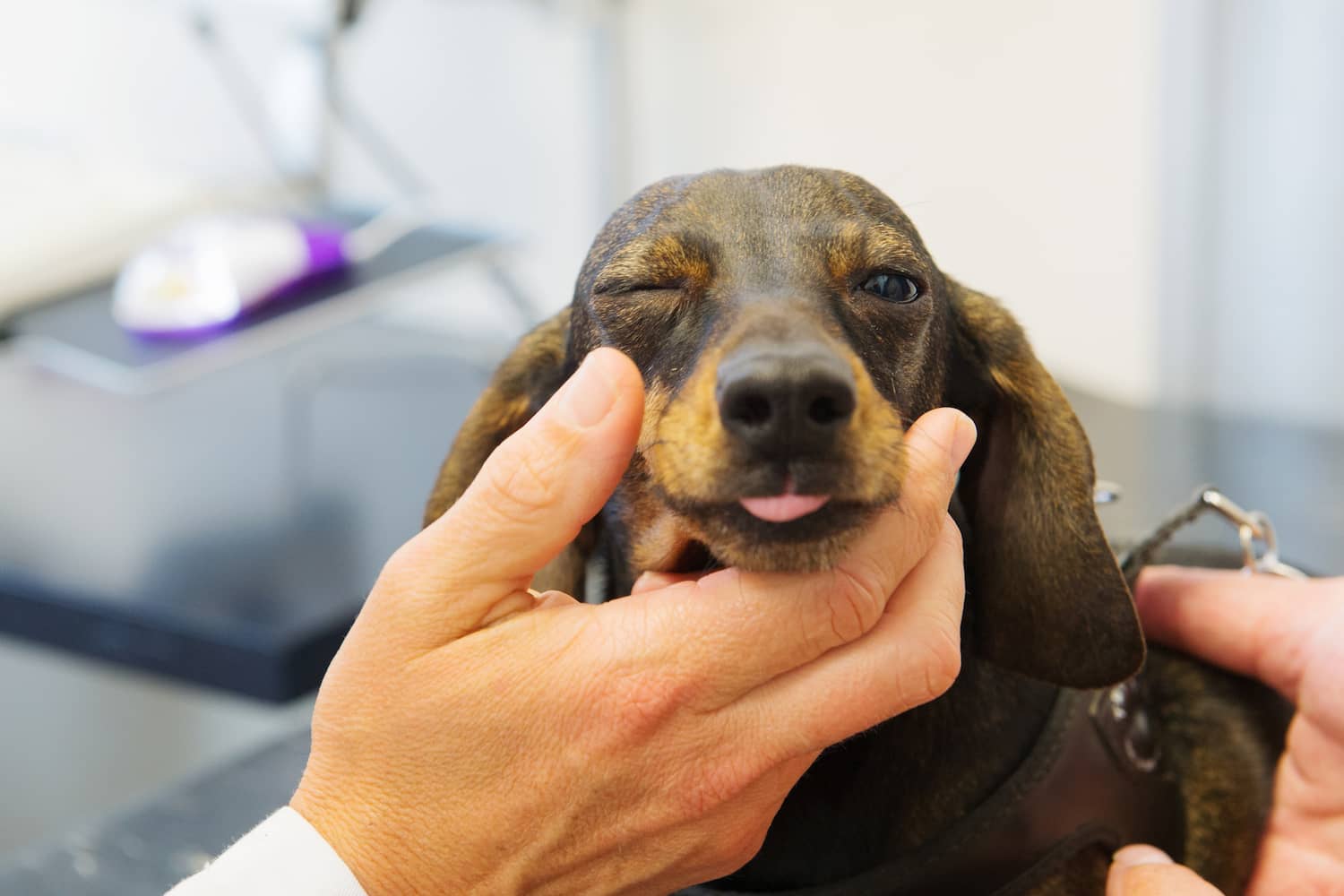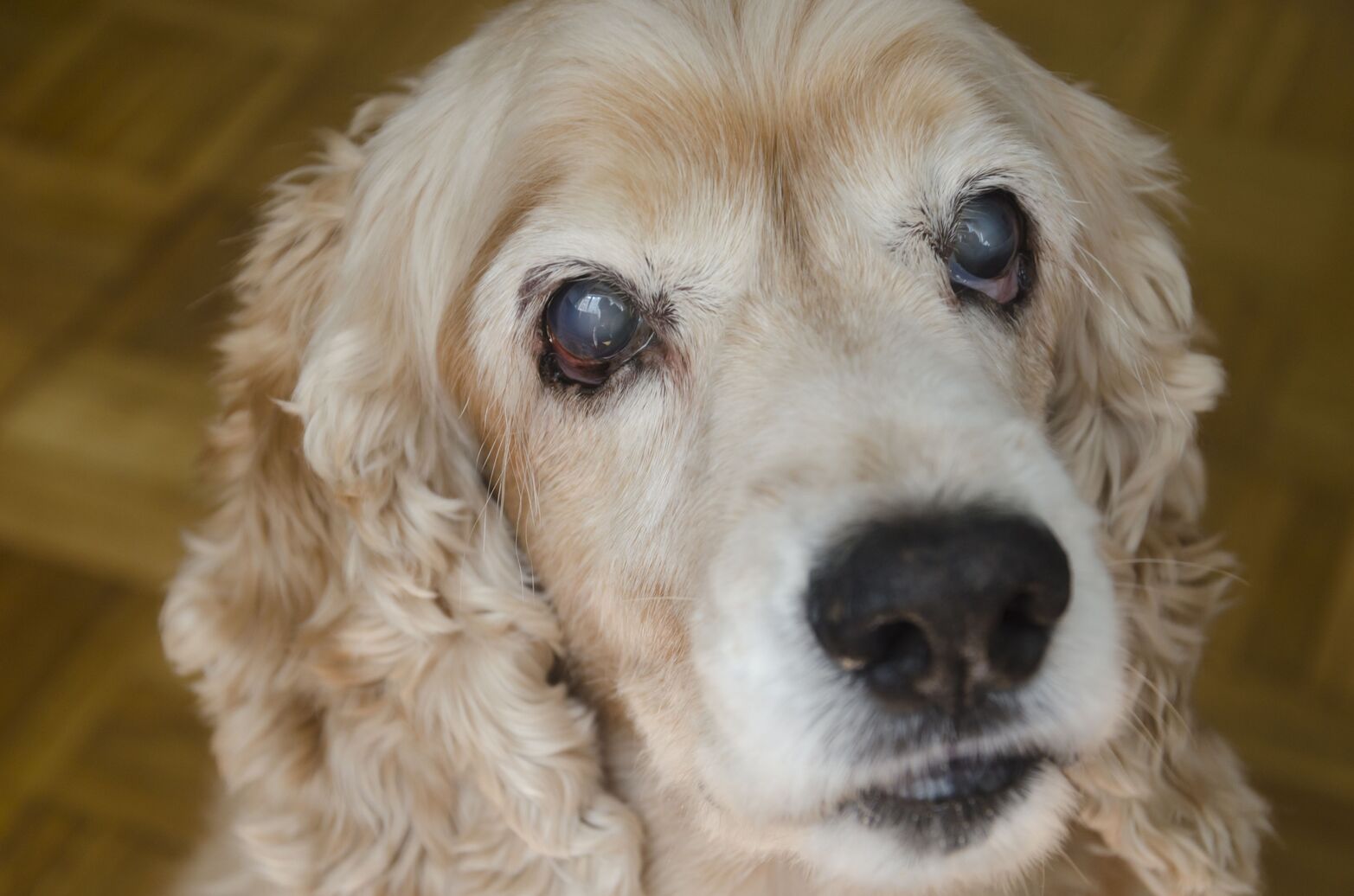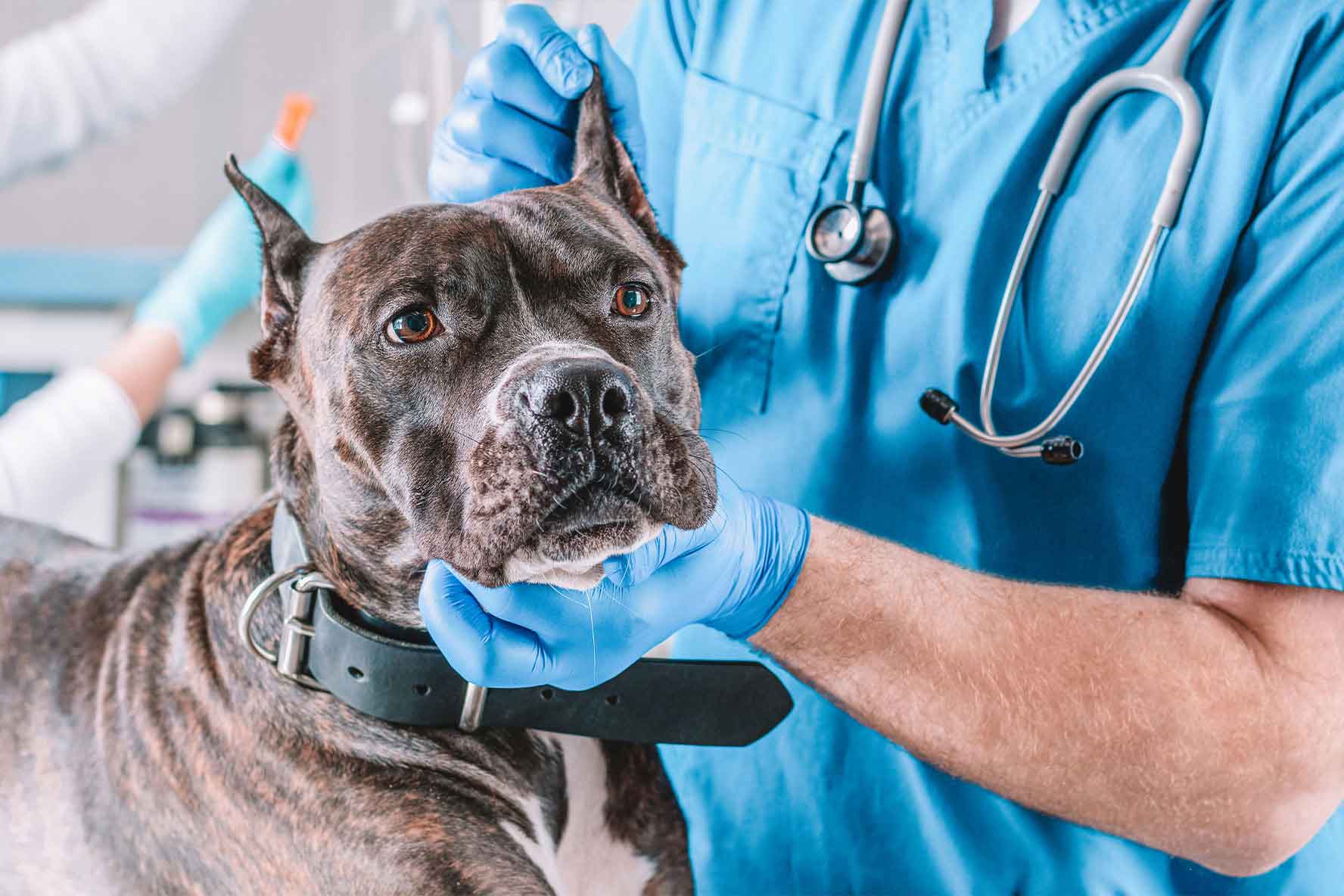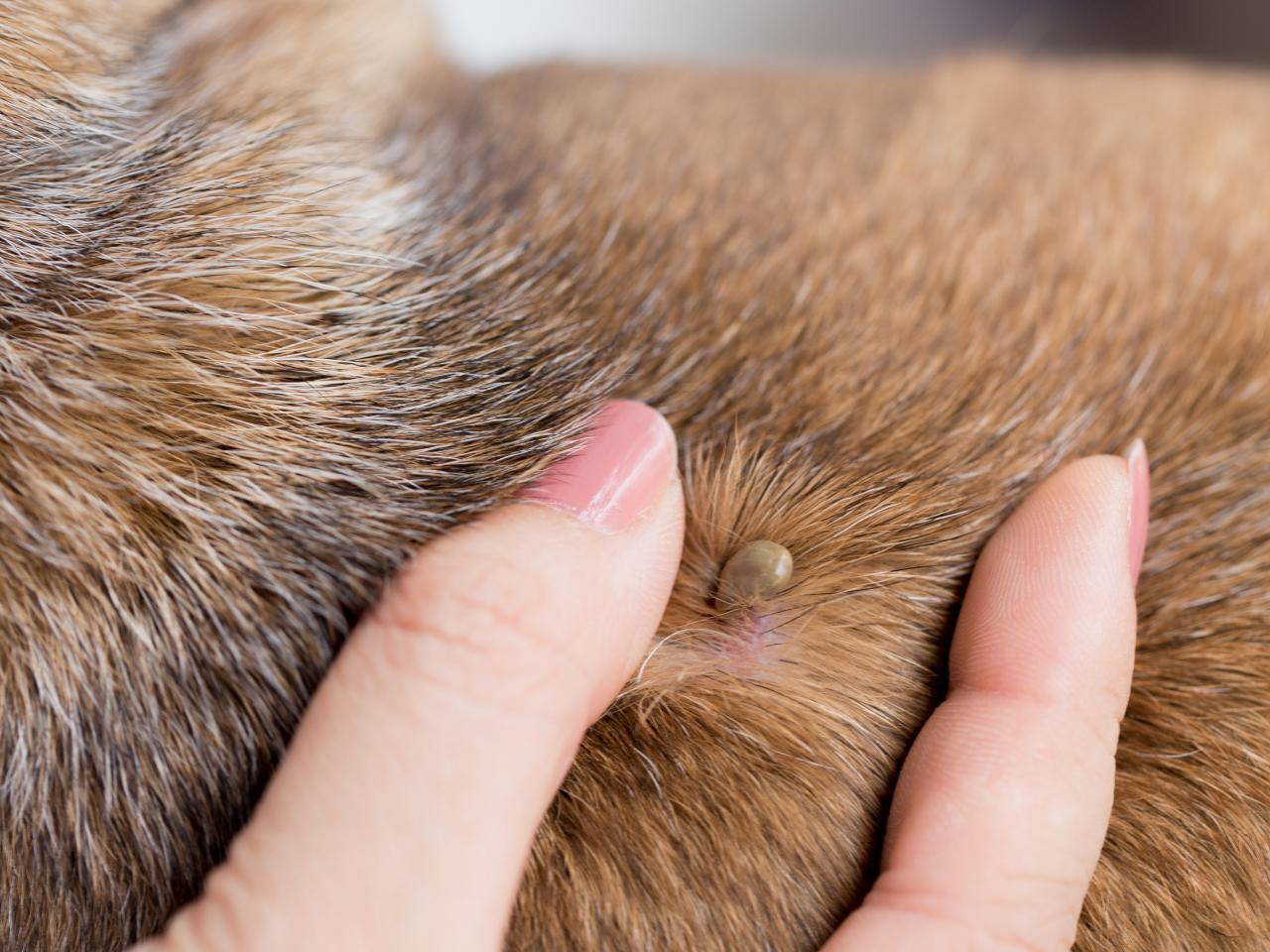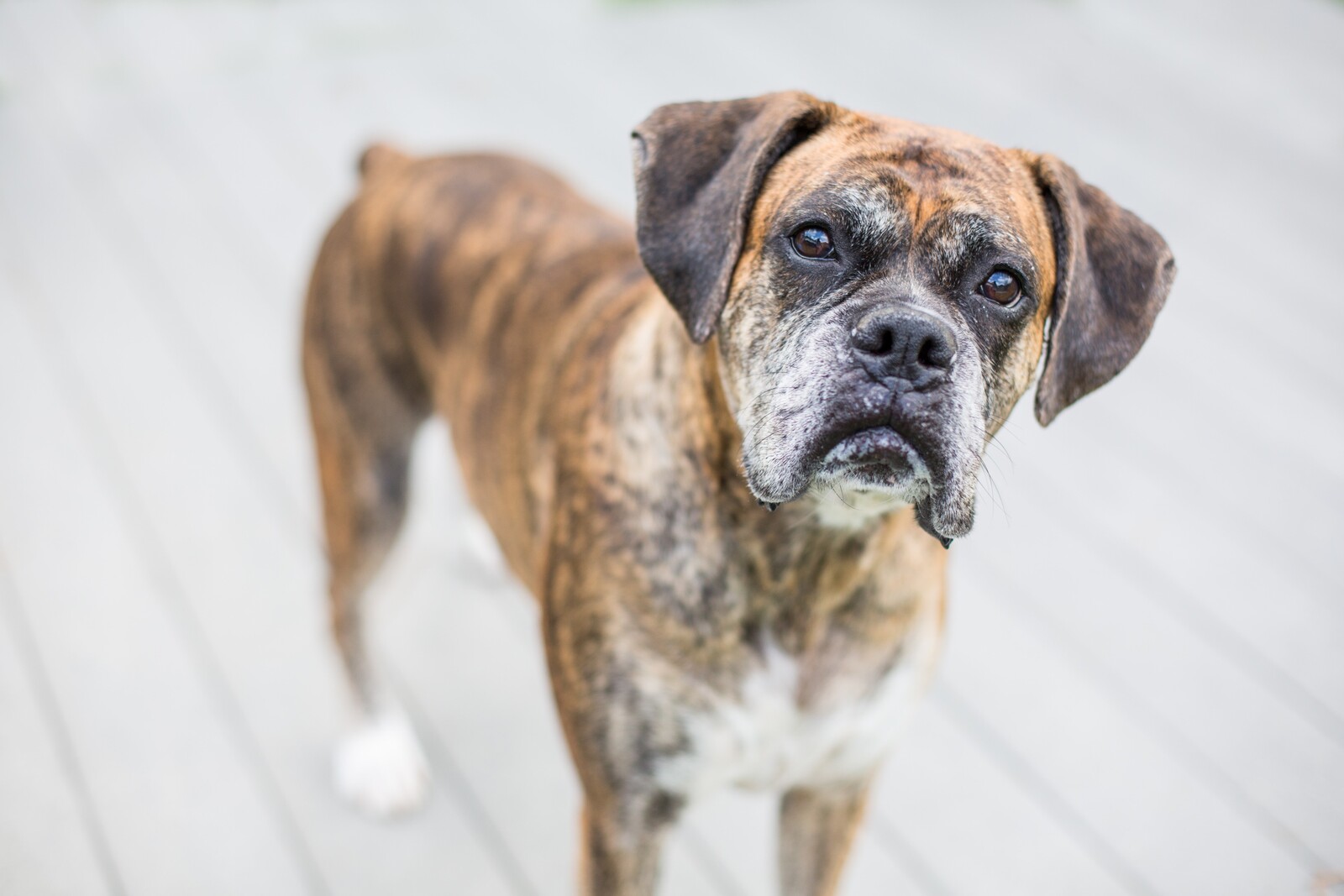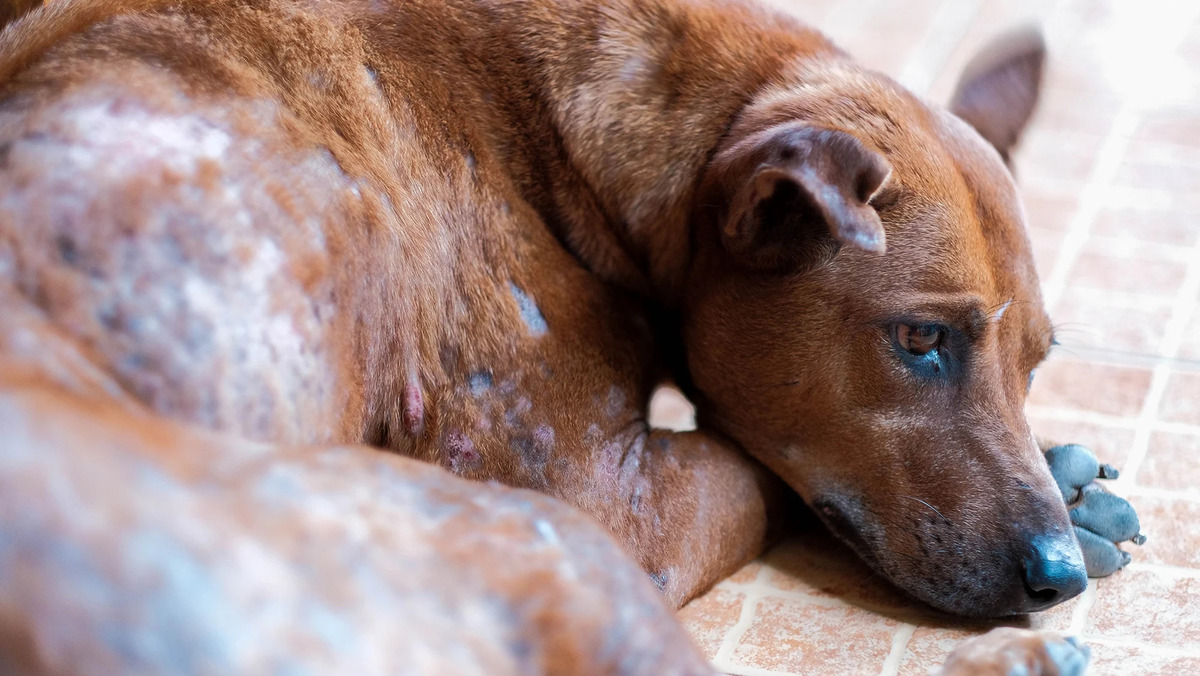Home>Health & Wellness>Common Health Issues>Eye and Ear Health>How To Tell If A Dog Is Blind In One Eye
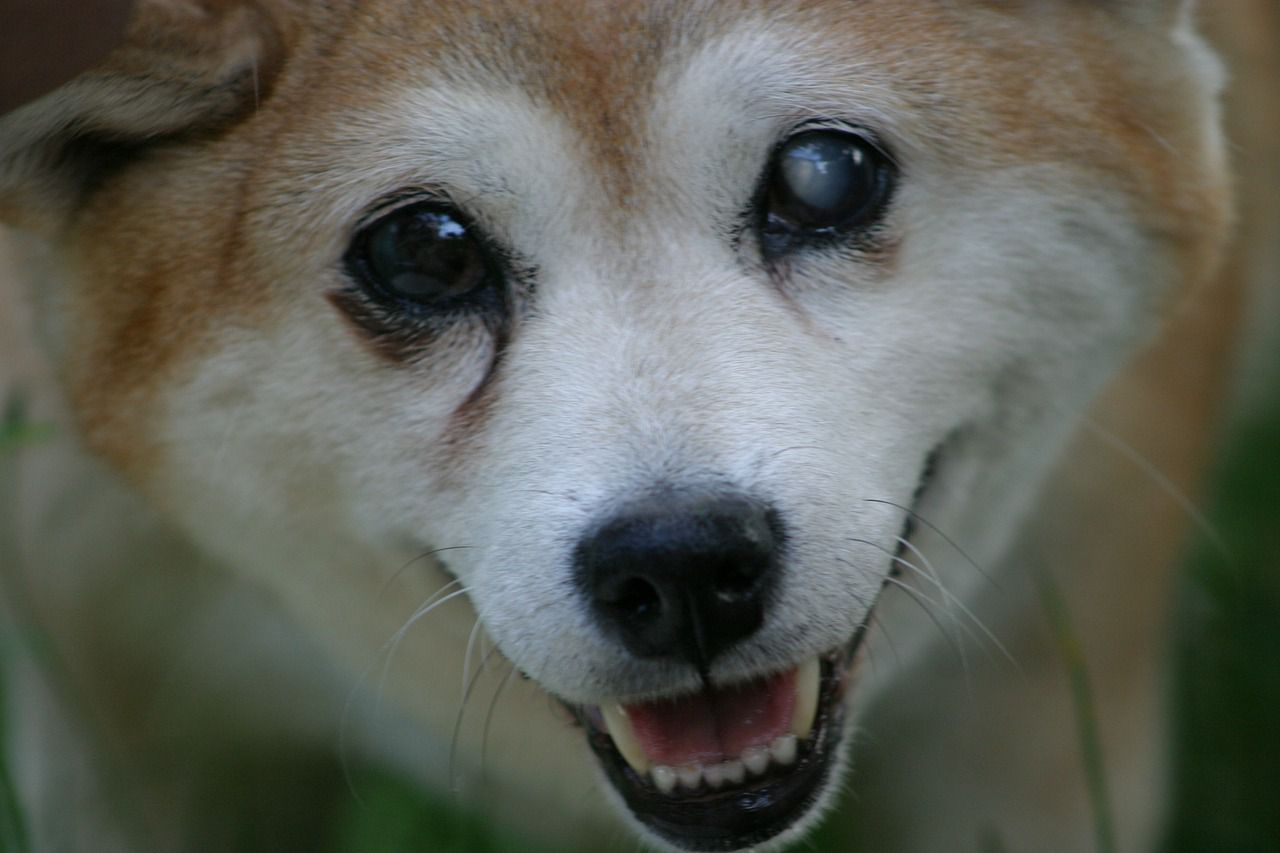

Eye and Ear Health
How To Tell If A Dog Is Blind In One Eye
Published: February 12, 2024
Learn how to determine if your dog is blind in one eye and how to maintain their eye and ear health. Expert tips and advice for pet owners.
(Many of the links in this article redirect to a specific reviewed product. Your purchase of these products through affiliate links helps to generate commission for Pawsomeoldies.com, at no extra cost. Learn more)
Table of Contents
Signs of Blindness in One Eye
Recognizing the signs of blindness in one eye in dogs is crucial for ensuring their well-being and quality of life. While dogs are remarkably resilient, they can experience vision impairment, including blindness in one eye, due to various factors. Understanding the signs of this condition can help pet owners provide the necessary support and seek timely veterinary care.
-
Change in Behavior: Dogs with one-eyed blindness may exhibit altered behavior, such as bumping into objects, hesitancy to navigate familiar spaces, or reluctance to engage in activities they once enjoyed. These behavioral changes often stem from their struggle to adjust to the loss of vision in one eye.
-
Physical Symptoms: Observable physical signs of one-eyed blindness in dogs may include a noticeable difference in the appearance of the affected eye, such as cloudiness, discoloration, or a lack of response to light. Additionally, dogs may develop a tendency to favor one side while moving or display an unsteady gait.
-
Eye-Related Indications: Dogs experiencing blindness in one eye may demonstrate specific eye-related symptoms, such as excessive tearing, redness, or a visible decrease in the eye's responsiveness to stimuli. These signs can be indicative of underlying issues affecting the eye's functionality.
-
Adaptation Challenges: Dogs with one-eyed blindness may struggle to adapt to changes in their surroundings, leading to an increased reliance on their remaining functional eye. This adjustment period can manifest as difficulty tracking moving objects or an aversion to sudden movements.
-
Response to Visual Stimuli: Observing a dog's response to visual stimuli, such as the movement of an object or the presence of obstacles, can provide valuable insights into their visual capabilities. Dogs with one-eyed blindness may exhibit a limited or delayed response to visual cues, reflecting their compromised depth perception and visual acuity.
Recognizing these signs of one-eyed blindness in dogs empowers pet owners to take proactive measures to support their furry companions. By remaining attentive to changes in behavior, physical symptoms, and eye-related indications, pet owners can facilitate early intervention and seek professional guidance to address their dog's specific needs.
Causes of One-Eyed Blindness in Dogs
One-eyed blindness in dogs can stem from a diverse range of underlying causes, each with the potential to impact their visual health and overall well-being. Understanding these contributing factors is essential for pet owners seeking to comprehend the complexities of their dog's condition and provide appropriate support. Here are several common causes of one-eyed blindness in dogs:
-
Traumatic Injury: Dogs are naturally curious and active animals, often placing them at risk of sustaining traumatic injuries to their eyes. Blunt force trauma, foreign object penetration, or accidents involving sharp objects can lead to severe damage, resulting in one-eyed blindness. Additionally, injuries sustained during scuffles with other animals or while exploring unfamiliar environments can have profound implications for a dog's visual health.
-
Inflammatory Conditions: Inflammation within the eye, known as uveitis, can trigger a cascade of detrimental effects on a dog's vision. This condition may arise from various sources, including infections, autoimmune disorders, or exposure to toxic substances. If left untreated, uveitis can progress to cause irreversible damage, potentially resulting in one-eyed blindness.
-
Genetic Predisposition: Certain dog breeds are genetically predisposed to inherit ocular conditions that can lead to one-eyed blindness. Inherited disorders such as progressive retinal atrophy (PRA) and congenital cataracts can manifest in dogs, gradually compromising the functionality of one eye and eventually causing blindness. Responsible breeding practices and genetic screening are crucial for mitigating the prevalence of these hereditary conditions.
-
Neoplastic Growth: The development of tumors within the eye or its surrounding structures can pose a significant threat to a dog's visual health. Neoplastic growths, whether benign or malignant, can exert pressure on ocular tissues, impairing their function and leading to vision loss in the affected eye. Timely detection and intervention are vital for addressing neoplastic conditions and preserving a dog's remaining vision.
-
Degenerative Diseases: Dogs may experience degenerative conditions affecting the structures of the eye, such as the retina or optic nerve, leading to one-eyed blindness. Degenerative diseases, including glaucoma and retinal degeneration, can progress silently, gradually undermining a dog's visual acuity and culminating in irreversible vision impairment.
Understanding the multifaceted nature of these causes is instrumental in fostering a proactive approach to safeguarding a dog's visual health. By recognizing the potential sources of one-eyed blindness and remaining vigilant for associated symptoms, pet owners can collaborate with veterinary professionals to implement tailored strategies for managing their dog's condition and optimizing their quality of life.
How to Confirm One-Eyed Blindness in Dogs
Confirming one-eyed blindness in dogs necessitates a comprehensive approach that encompasses attentive observation, specialized assessments, and collaboration with veterinary professionals. By leveraging a combination of behavioral cues, physical examinations, and diagnostic procedures, pet owners can gain valuable insights into their dog's visual health and make informed decisions regarding their care.
Behavioral Observations
Observing a dog's behavior in various settings can yield crucial indications of one-eyed blindness. Pet owners should pay close attention to their dog's navigational abilities, particularly in familiar environments. Signs such as bumping into objects, hesitancy to move around, or a reluctance to engage in activities that rely on visual cues can signify visual impairment in one eye. Additionally, observing how the dog responds to visual stimuli, such as the movement of objects or sudden changes in their surroundings, can provide valuable insights into their visual capabilities.
Physical Examinations
A thorough physical examination, including a detailed assessment of the affected eye, is essential for confirming one-eyed blindness in dogs. Observable signs such as cloudiness, discoloration, or a lack of response to light in the affected eye can indicate underlying issues affecting its functionality. Furthermore, veterinarians may conduct specialized tests to evaluate the dog's depth perception, visual acuity, and overall ocular health, providing a comprehensive understanding of the extent of visual impairment in the affected eye.
Read more: How Will My Dog Do With One Eye?
Diagnostic Procedures
Diagnostic procedures, such as ophthalmic evaluations and imaging studies, play a pivotal role in confirming one-eyed blindness and identifying its root causes. Ophthalmic examinations may involve assessing the dog's pupillary responses, examining the structures of the eye, and evaluating the integrity of the retina and optic nerve. Additionally, imaging studies, including ultrasound and advanced imaging modalities, can offer detailed insights into the internal structures of the eye, facilitating the detection of abnormalities contributing to one-eyed blindness.
Collaboration with Veterinary Professionals
Collaborating with veterinary professionals is paramount in confirming one-eyed blindness in dogs and devising tailored management strategies. By seeking the expertise of veterinary ophthalmologists, pet owners can access specialized assessments and advanced diagnostic tools, enabling a comprehensive evaluation of their dog's visual health. This collaborative approach empowers pet owners to make informed decisions regarding potential treatment options and lifestyle adjustments to accommodate their dog's visual impairment.
By integrating these approaches, pet owners can effectively confirm one-eyed blindness in dogs and embark on a proactive journey to support their furry companions. Through attentive observation, thorough examinations, and collaborative efforts with veterinary professionals, pet owners can gain a comprehensive understanding of their dog's visual health and provide the necessary care to optimize their well-being.
Treatment Options for One-Eyed Blindness in Dogs
Upon confirming one-eyed blindness in dogs, pet owners are presented with a spectrum of treatment options aimed at optimizing their canine companions' visual health and overall well-being. The management of one-eyed blindness encompasses a multifaceted approach, integrating medical interventions, lifestyle adjustments, and ongoing support to address the specific needs of affected dogs.
Medical Interventions
Veterinary professionals may recommend medical interventions to manage underlying conditions contributing to one-eyed blindness. In cases where inflammatory processes or infections are implicated, targeted medications, such as anti-inflammatory drugs or antibiotics, may be prescribed to alleviate ocular inflammation and combat underlying infections. These interventions aim to mitigate the progression of ocular conditions and preserve the remaining visual function in the affected eye.
Read more: Why Do Dogs Blink One Eye
Surgical Interventions
In instances where structural abnormalities or neoplastic growths are identified as causative factors for one-eyed blindness, surgical interventions may be considered to address these issues. Surgical procedures, ranging from tumor excision to corrective surgeries for ocular abnormalities, are aimed at alleviating pressure on ocular tissues, restoring ocular functionality, and preventing further deterioration of visual health. Veterinary ophthalmologists play a pivotal role in evaluating the suitability of surgical interventions and guiding pet owners through the post-operative care required for their dogs.
Lifestyle Adjustments
Adapting the living environment and daily routines to accommodate a dog's one-eyed blindness is integral to promoting their safety and comfort. Pet owners can implement practical measures such as minimizing potential hazards in the dog's surroundings, providing consistent pathways for navigation, and using auditory or tactile cues to facilitate spatial orientation. Additionally, maintaining a predictable daily routine and offering reassurance and support can help dogs adjust to their altered visual capabilities and navigate their surroundings with confidence.
Ongoing Monitoring and Support
After initiating treatment for one-eyed blindness, ongoing monitoring and support are essential components of comprehensive care. Regular veterinary check-ups, particularly with veterinary ophthalmologists, enable the assessment of the dog's ocular health and the tracking of treatment outcomes. Additionally, pet owners play a crucial role in providing emotional support, ensuring adherence to prescribed medications, and promptly addressing any changes in their dog's behavior or ocular symptoms. This collaborative approach between pet owners and veterinary professionals fosters a supportive environment for dogs coping with one-eyed blindness, promoting their overall well-being and quality of life.
By embracing a holistic approach that encompasses medical interventions, lifestyle adjustments, and ongoing support, pet owners can effectively navigate the complexities of managing one-eyed blindness in dogs. This proactive stance not only addresses the immediate visual health needs of affected dogs but also fosters a nurturing environment that empowers them to thrive despite their visual challenges.
